Market Growth Projections
The Global Glass Tableware Market Industry is poised for substantial growth, with projections indicating a market value of 113.1 USD Billion by 2035. This anticipated growth reflects a compound annual growth rate (CAGR) of 4.54% from 2025 to 2035, driven by various factors such as increasing consumer preferences for quality tableware and the expansion of distribution channels. The market's expansion is likely to be supported by ongoing innovations in design and manufacturing processes, as well as the rising demand for sustainable products. As the industry evolves, it may present new opportunities for manufacturers and retailers alike.
Culinary Trends and Home Cooking
The Global Glass Tableware Market Industry is influenced by emerging culinary trends and the resurgence of home cooking. As more individuals engage in cooking at home, there is a growing demand for high-quality tableware that enhances the dining experience. This trend is supported by social media platforms, where food presentation plays a crucial role in attracting attention. Consumers are increasingly investing in glass tableware to showcase their culinary creations, leading to a potential increase in sales. The market is projected to grow at a CAGR of 4.54% from 2025 to 2035, indicating a sustained interest in quality dining experiences at home.
Growth of E-Commerce and Online Retail
The Global Glass Tableware Market Industry benefits from the rapid growth of e-commerce and online retail platforms. Consumers increasingly prefer the convenience of shopping online, which allows them to access a broader range of glass tableware options from various brands. This trend is particularly pronounced among younger demographics, who value the ability to compare products and read reviews before making purchases. The expansion of online marketplaces is likely to facilitate market growth, as it provides manufacturers with new distribution channels. As e-commerce continues to thrive, the industry may see an increase in sales and brand visibility, contributing to its overall expansion.
Sustainability and Eco-Friendly Products
Sustainability emerges as a pivotal driver in the Global Glass Tableware Market Industry, as consumers become more environmentally conscious. The demand for eco-friendly products is on the rise, with glass tableware being favored for its recyclability and minimal environmental impact. Manufacturers are increasingly adopting sustainable practices, such as using recycled glass and reducing carbon footprints in production processes. This trend aligns with global efforts to promote sustainability, potentially leading to a more significant market share for eco-friendly glass products. As consumers prioritize sustainability, the industry may witness a shift towards greener alternatives, enhancing its appeal in the marketplace.
Innovations in Glass Manufacturing Techniques
Innovations in glass manufacturing techniques significantly impact the Global Glass Tableware Market Industry. Advances in technology have enabled manufacturers to produce glass tableware that is not only durable but also lightweight and versatile. Techniques such as tempered glass production enhance the safety and usability of glass products, making them more appealing to consumers. Additionally, the introduction of new designs and functionalities caters to evolving consumer preferences. As the industry embraces these innovations, it is likely to attract a broader customer base, contributing to the overall growth of the market. This focus on innovation may play a crucial role in shaping the future of glass tableware.
Rising Consumer Demand for Aesthetic Tableware
The Global Glass Tableware Market Industry experiences a notable surge in consumer demand for aesthetically pleasing and visually appealing tableware. As dining experiences evolve, consumers increasingly seek products that enhance the presentation of meals. This trend is particularly evident in the hospitality sector, where restaurants and hotels invest in high-quality glass tableware to create memorable dining experiences. The market is projected to reach 69.5 USD Billion in 2024, reflecting a growing preference for stylish and elegant designs. This shift towards aesthetic appeal is likely to drive innovation and product development within the industry, catering to diverse consumer tastes.


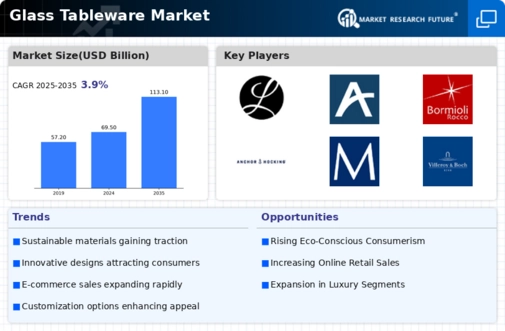
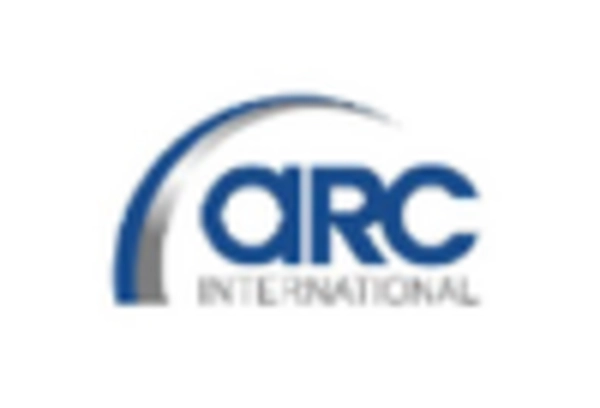


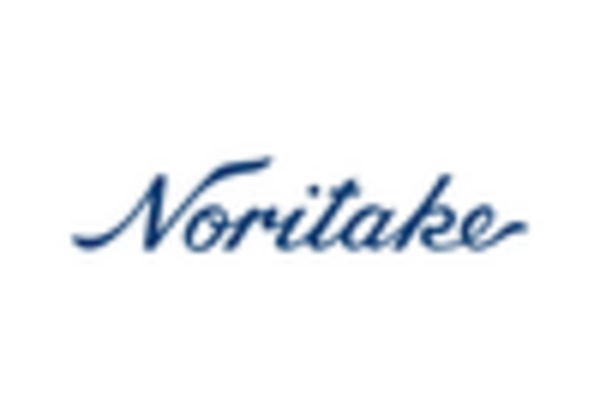
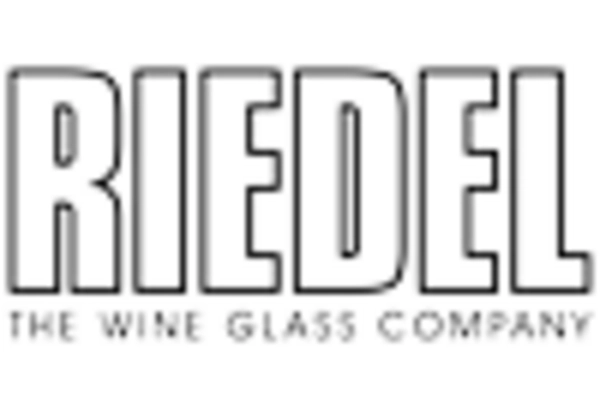
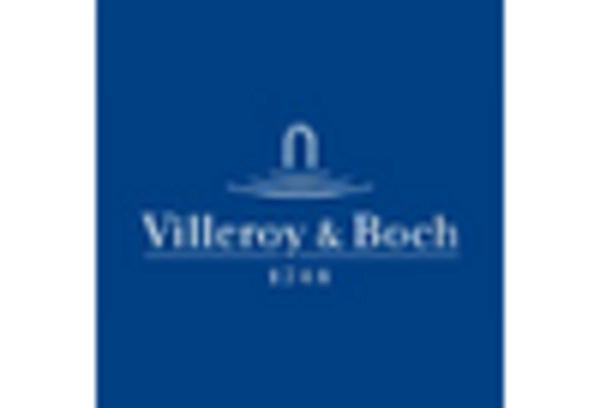








Leave a Comment